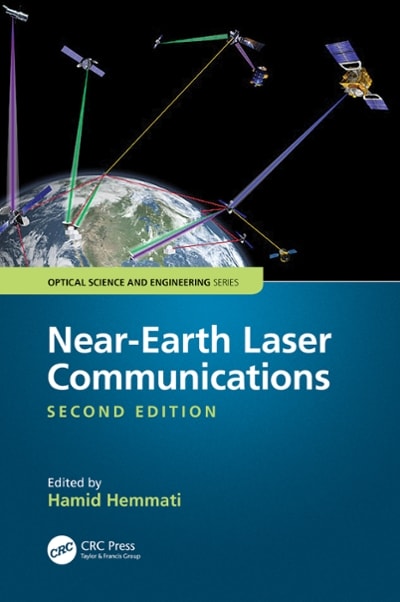Question
A torque of 80 Nm is applied to a wheel about its axle and the wheel rotates in the clockwise direction. A frictional torque of
A torque of 80 Nm is applied to a wheel about its axle and the wheel rotates in the clockwise direction. A frictional torque of 20 Nm acts at the wheel's axle. If the wheel accelerates at a rate of 3.0 radians/s2, what is the wheel's moment of inertia (rotational inertia)?
| a. | 240 kgm2 | |
| b. | 180 kgm2 | |
| c. | 26.7 kgm2 | |
| d. | 20 kgm2 | |
| e. | none of the items |
A new planet named Vulcan has been discovered. Vulcan is a rather large planet with a radius twice that of Earth and a mass three times that of Earth. An astronaut has a mass of 60.0 kg and weighs about 132 lbs. on Earth. If the astronaut is on the planet Vulcan, what is her weight?
The following numerical values may be helpful in this question.
G = 6.67 10-11 Nm2/ kg2
Earth's mass = 5.98 1024 kilograms
g = 9.80 m/sec2
1 kilometer = 1000 meters
| a. | 66 lbs. | |
| b. | 99 lbs. | |
| c. | 132 lbs. | |
| d. | 441 lbs. | |
| e. | none of the items. |
A book falls off a bookshelf. The Earth exerts a downward gravitational force on the book, but what is the equal and opposite force while the book is falling?
The following numerical values may be helpful in this question.
G = 6.67 10-11 Nm2/ kg2
Earth's mass = 5.98 1024 kilograms
g = 9.80 m/sec2
1 kilometer = 1000 meters
| a. | The air exerts a force of air resistance on the book. | |
| b. | There is no net external force on the book since it falls at constant velocity. | |
| c. | There is no equal and opposite force until the book hit the floor. | |
| d. | The book exerts an upward force on the Earth. | |
| e. | None of the items are true. |
"Weightlessness" occurs when an object:
The following numerical values may be helpful in this question.
G = 6.67 10-11 Nm2/ kg2
Earth's mass = 5.98 1024 kilograms
g = 9.80 m/sec2
1 kilometer = 1000 meters
| a. | has zero acceleration. | |
| b. | is midway between the Earth and moon so the gravitational forces exerted on the object by the Earth and moon are balanced. | |
| c. | has escaped from Earth's gravitational pull. | |
| d. | is in free fall. | |
| e. | is being launched into outer space by a rocket. |
The energy associated with motion of a body or bodies is called:
The following numerical values may be helpful in this question.
G = 6.67 10-11 Nm2/ kg2
Earth's mass = 5.98 1024 kilograms
g = 9.80 m/sec2
1 kilometer = 1000 meters
| a. | kinetic energy. | |
| b. | inertia. | |
| c. | potential energy. | |
| d. | velocity. | |
| e. | none of the above. |
Step by Step Solution
There are 3 Steps involved in it
Step: 1

Get Instant Access to Expert-Tailored Solutions
See step-by-step solutions with expert insights and AI powered tools for academic success
Step: 2

Step: 3

Ace Your Homework with AI
Get the answers you need in no time with our AI-driven, step-by-step assistance
Get Started


